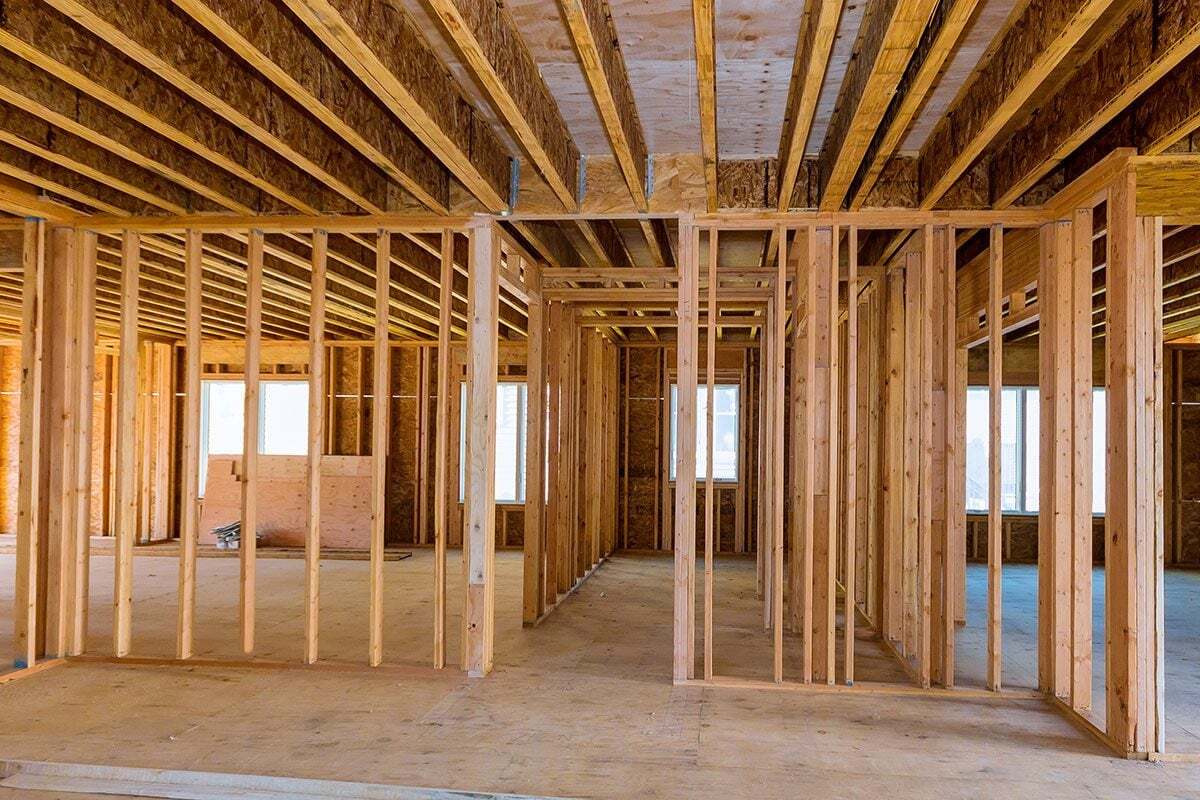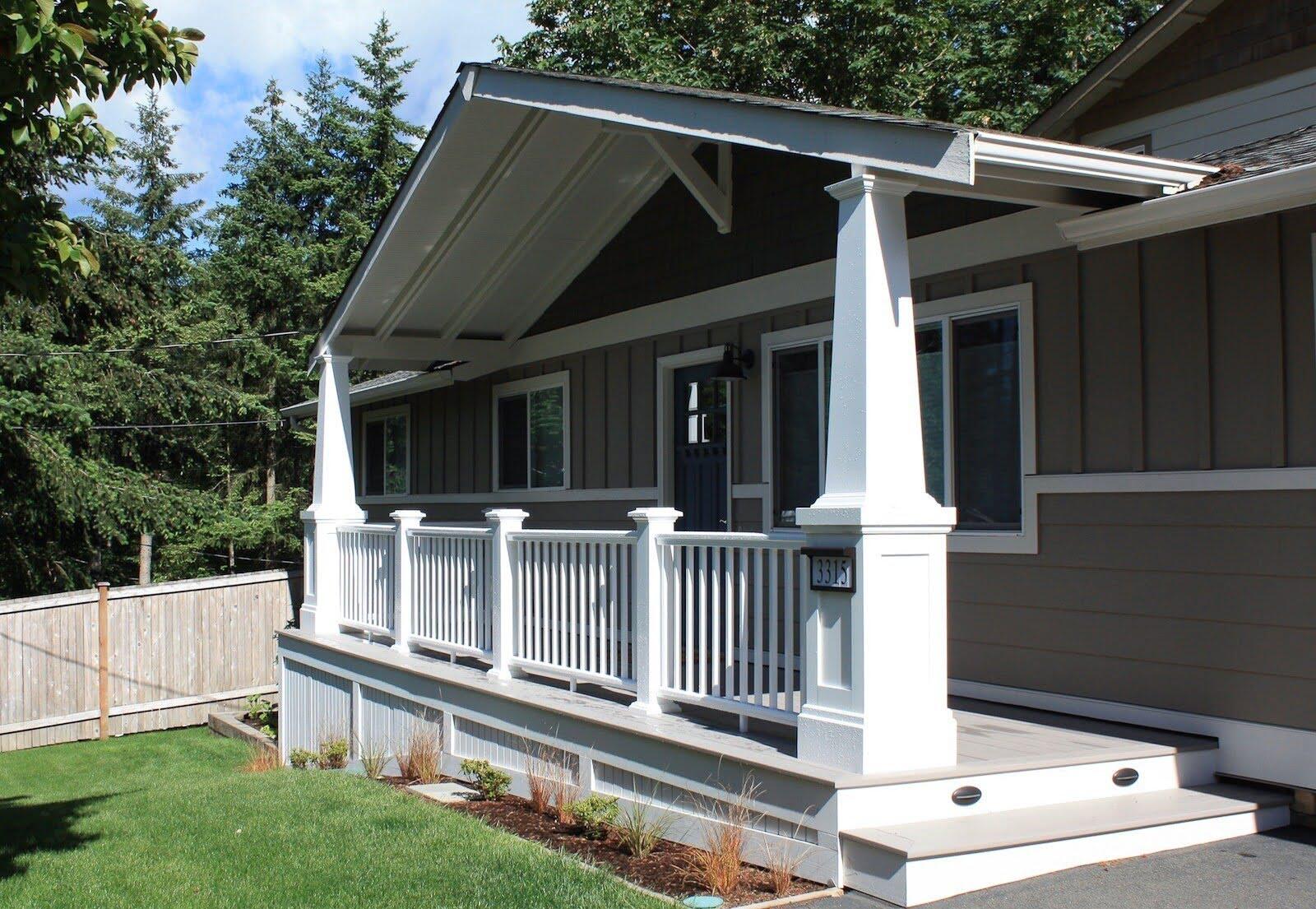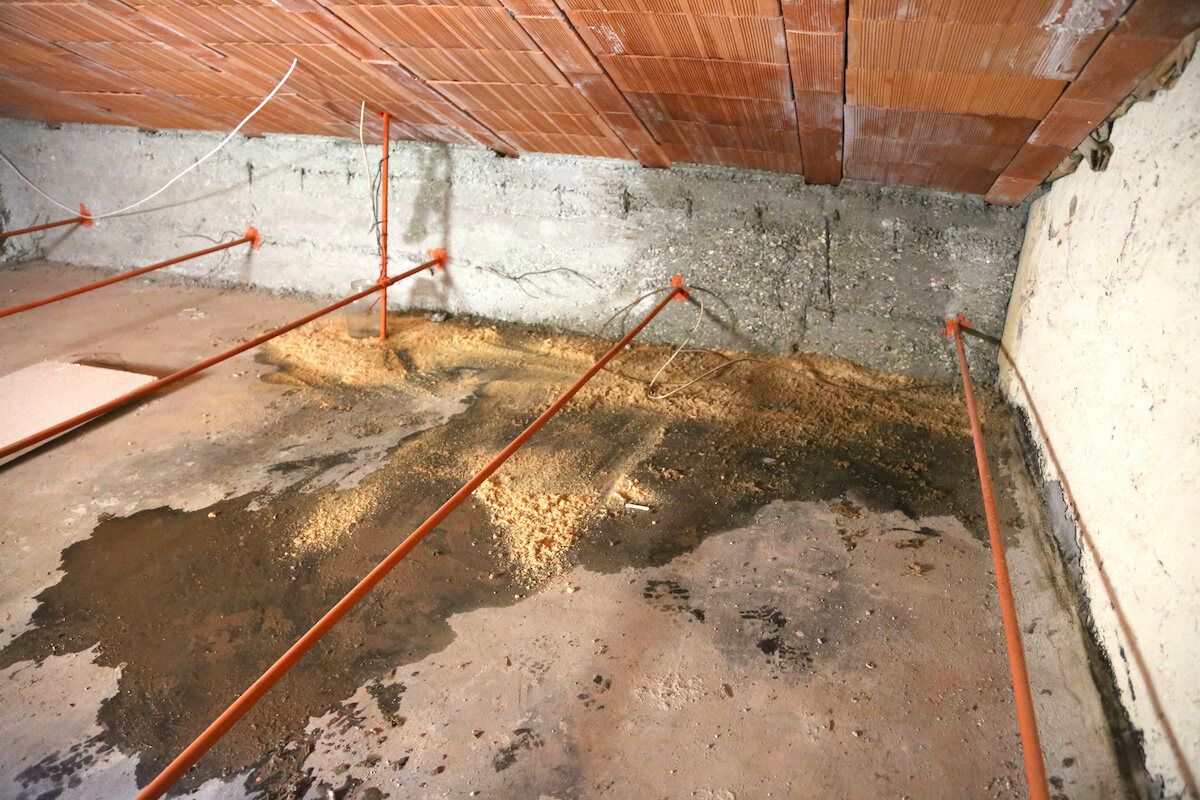Home>Ideas and Tips>Unveiling The Mystery Of Load-Bearing Walls


Ideas and Tips
Unveiling The Mystery Of Load-Bearing Walls
Modified: October 28, 2024
Discover the importance of load-bearing walls, how to identify them, and the safe methods for their removal or modification in home renovations.
(Many of the links in this article redirect to a specific reviewed product. Your purchase of these products through affiliate links helps to generate commission for Storables.com, at no extra cost. Learn more)
In the realm of home improvement and renovation, few topics are as crucial and often misunderstood as load-bearing walls. These structural elements play a vital role in maintaining the integrity and safety of your dwelling, yet their identification and handling can be daunting tasks for both homeowners and contractors alike. In this comprehensive guide, we will delve into the world of load-bearing walls, exploring their importance, methods for identification, and the proper procedures for their removal or modification.
The Importance of Load-Bearing Walls
Load-bearing walls are integral to the structural framework of a building. Their primary function is to support the weight of the floors above, the roof, and sometimes even exterior walls. By distributing this load evenly throughout the structure, these walls ensure that the building remains stable and prevents floors and ceilings from sagging or collapsing.
Read more: Unveiling The Mystery Of Persistent Odors
The Role in Building Stability
Load-bearing walls are not mere partitions; they are the backbone of building stability. They transfer the weight from the roof down to the foundation, maintaining the overall structural integrity of the home. This is particularly evident in older homes with simpler roof designs where central walls often bear significant loads.
Types of Load-Bearing Walls
- Exterior Walls: These walls form the building envelope, separating the interior from the exterior environment. They provide security, fire control, environmental control, aesthetics, and privacy.
- Shear Walls: These walls resist lateral loads such as wind and seismic forces. They are often found in areas where high winds or earthquakes are prevalent.
- Central Pillars: In individual house constructions, central pillars can act as load-bearing walls, supporting upper floors and roof structures.
Identifying Load-Bearing Walls
Determining if a wall is load-bearing requires careful observation and sometimes professional help. Here are some methods to help you identify these critical elements:
Examine the House’s Structure
One of the most reliable ways to identify a load-bearing wall involves examining your house’s structure.
-
Basement or Attic Inspection: Go to the basement or attic to see which way the joists run. If a wall sits parallel to the joists, it’s likely not load-bearing. However, if the wall sits perpendicular to the joists, it’s most likely load-bearing.
-
Check for Support Structures: In the basement, look for walls that sit directly on top of steel beams, concrete walls, or thick wooden beams. These structures indicate that the wall is load-bearing.
Consult Building Plans
If you have access to your home’s original blueprints or building plans, they can provide valuable information about its structural layout, including the location of load-bearing walls.
Physical Test
Professionals might confirm if a wall is load-bearing by creating a small hole in the drywall to peek inside and check the alignment of structural elements. This inspection can reveal whether a wall contains critical support structures such as beams or columns.
Consequences of Incorrect Identification
Incorrect identification and destruction of a load-bearing wall can result in serious structural damage:
-
Building Subsidence: The foundation may shift or settle unevenly due to the loss of support.
-
Collapse of the Building: In extreme cases, removing a load-bearing wall without proper knowledge can lead to partial or complete collapse of the structure.
-
Endangering Occupants: The structural instability poses a significant risk to the safety of occupants.
-
High Repair Costs: The necessary repairs can be costly and time-consuming.
Professional Assessment
While DIY methods can help identify load-bearing walls, it is highly recommended to consult a professional before making any structural changes. A structural engineer or licensed contractor can provide:
-
Accurate Identification: Ensure that all load-bearing walls are correctly identified.
-
Structural Impact Assessment: Assess the impact of wall removal on your home’s structure.
-
Compliance with Local Codes: Ensure compliance with local building codes.
-
Safe Removal Methods: Provide guidance on safe removal methods to avoid compromising the structure.
Safe Removal of Load-Bearing Walls
If you’ve identified a load-bearing wall that you want to remove, follow these preparation steps:
- Consult a Structural Engineer: Ensure that you have the expertise needed for safe removal.
- Assess the Impact: Understand how removing the wall will affect the overall structure.
- Plan for Support: Install temporary support beams or columns to maintain stability during removal.
- Hire Experienced Contractors: Work with licensed professionals who have experience handling load-bearing walls.
Steps for Safe Removal
- Mark the Wall: Clearly mark the load-bearing wall to avoid confusion.
- Install Temporary Supports: Place temporary supports around the area where the wall will be removed.
- Remove Drywall and Insulation: Carefully remove drywall and insulation without damaging any underlying structural elements.
- Cut Through Beams: Use specialized tools to cut through beams or columns without causing damage to adjacent structures.
- Reinforce Adjacent Walls: Reinforce adjacent walls with additional support if necessary.
Common Mistakes to Avoid
- Assuming Non-Load Bearing: Never assume a wall is non-load bearing without proper verification.
- Ignoring Building Plans: Failing to consult original blueprints can lead to incorrect identification.
- DIY Removal: Attempting to remove load-bearing walls without professional help can result in catastrophic failures.
Case Studies and Real-Life Scenarios
Accidental Load-Bearing
In many cases, changes made to a home can inadvertently turn a non-load-bearing wall into a load-bearing one. For instance, adding weight to a second floor or making changes to the roof structure can cause previously non-load-bearing walls to become critical support elements.
Historical Context
Older homes often have load-bearing walls made of stone or brick due to their durability and ability to support significant loads. These walls are typically found in central locations and may run perpendicular to floor joists.
Conclusion
Load-bearing walls are not just structural elements; they are the backbone of your home's stability and safety. Identifying them correctly is crucial for any renovation project, and their removal or modification should only be performed by licensed professionals who understand the intricacies involved. By following the guidelines outlined in this article, you can ensure that your home remains safe and structurally sound during any renovation or improvement project.
In summary, understanding load-bearing walls involves:
- Identifying Load-Bearing Walls: Using methods such as examining the house structure, consulting building plans, and performing physical tests.
- Avoiding Common Mistakes: Never assuming a wall is non-load bearing without verification and always consulting professionals for removal or modification.
- Seeking Professional Help: Working with structural engineers or licensed contractors to ensure compliance with local codes and safe removal methods.
By taking these steps, you can unlock the mystery of load-bearing walls and ensure that your home remains a safe and stable place for years to come.
Was this page helpful?
At Storables.com, we guarantee accurate and reliable information. Our content, validated by Expert Board Contributors, is crafted following stringent Editorial Policies. We're committed to providing you with well-researched, expert-backed insights for all your informational needs.













0 thoughts on “Unveiling The Mystery Of Load-Bearing Walls”